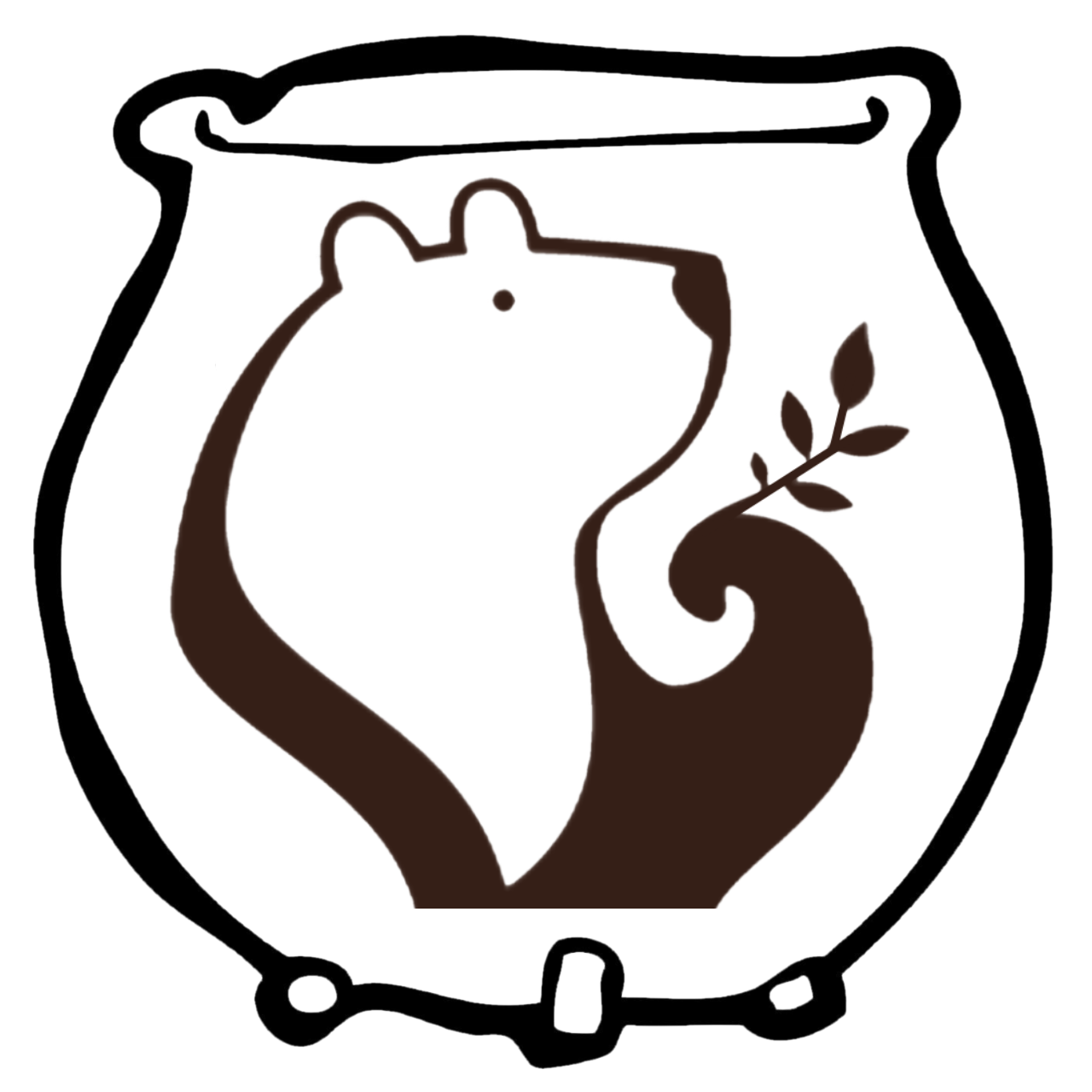Echinacea
The Hedgehog
Oh! When did woman ever hear
A tale like this nor shed a tear
Of tender sympathy! The world
Has many deep clouds o’er it furled;
But on the darkest mist their lies
The pitying look of woman’s eyes.
And “Oh!” the maiden cried, “but show
To Ulah where he slumbers low,
And she will rear above the dead
The lofty purple cone-flower’s head;
And o’er the red root’s clustering charms,
Will wind the moon seeds’ slender arms;
The blazing star and blooming feather
Shall lay their talking lips together,
And tell how, like a warrior great,
Oconee’s father met his fate.
My showy friend the Cone-flower is a captivating chap with his daisy-like flowers with large rich purple or pink rays surrounding a spiny high brownish-orange cone. You might think his bristly center would be a deterrent, but he attracts all manner of wildlife from bees and butterflies to horses and elk. He is easily grown and often found in open fields and prairies, but his wild communities have been over-harvested. Instead, add him to your garden and this dashing guy is the life of the party. He is social, useful, and full of insights. A champion of health, his aim is to showcase our strengths. Reminding us that all of our parts can be useful, this North American native is all skill and resilience. His time is now however, for his medicine is stronger when fresh. If you have to prepare his medicine for the future, look to a tincture instead of a tea.
The Magic of Echinacea
Correspondences
Element: Earth
Gender: Masculine
Sabbat: Unknown
Planet: Mars
Chakra: Solar Plexus, Third Eye, Throat
Spellwork
Heal
Grow
Prosper
Protect
Divine
Proverb
Arapaho: All plants are our brothers and sisters. They talk to us and if we listen, we can hear them.
The Medicine of Echinacea
Ayurvedic
Not Applicable
Herbology
Alterative
Immune Stimulant
Immunomodulant
Analgesic
Antibacterial
Antiviral
Sialagogue
TCM
Not Applicable
Science of Echinacea
Botany
Botanical Name: Echinacea angustifolia, E. purpurea
Family: Asteraceae (Aster Family)
Type of Plant: Herbaceous Perennial
Habitat: Average soil, Sun
Zone: 3-8
Bloom Time: June – July
Height: 1-4 feet
Spread: 1/2-2 feet
Propagation: Divide, Self-seed
Harvest: Roots 2nd year after the first frost. Leaves and flowers when plant is in full bloom.
Part Used: Root, Flower, Leaves
Constituents: Polysaccharides, glycoproteins, caffeic acid glycosides, inulin, sesquiterpene esters, alkamides, volatile oils, flavonoids
Native Region: North America
Sustainability: Wild echinacea is at risk
Leaf
Structure: Simple
Arrangement: Alternate
Shape: Oval, Lanceolate
Length: 2-6 inches
Margins: Toothed
Surface: Pubescent
Flower
Inflorescence: Compound
Sexuality: Imperfect, Hermaphrodite
Stamen: Disc florets (5)
Petals: Ligular florets (sterile)
Color: Pink, Purple
Size: 1-3 inches
Sacred Story
It is said that Echinacea was widely used as a medicine by the North American Plains Indians. By watching the world around them, Native Americans witnessed the elk seeking out this plant when sick or wounded. Because of this, in many communities the plant became known as Elkroot. Some of the tribes that relied upon Echinacea as a healer include: Cheyenne, Choctaws, Comanche, Crow, Dakota (Oglala), Delaware (Lenape), Kiowa, Meskwaki, Omaha, and Sioux (Dakota).




